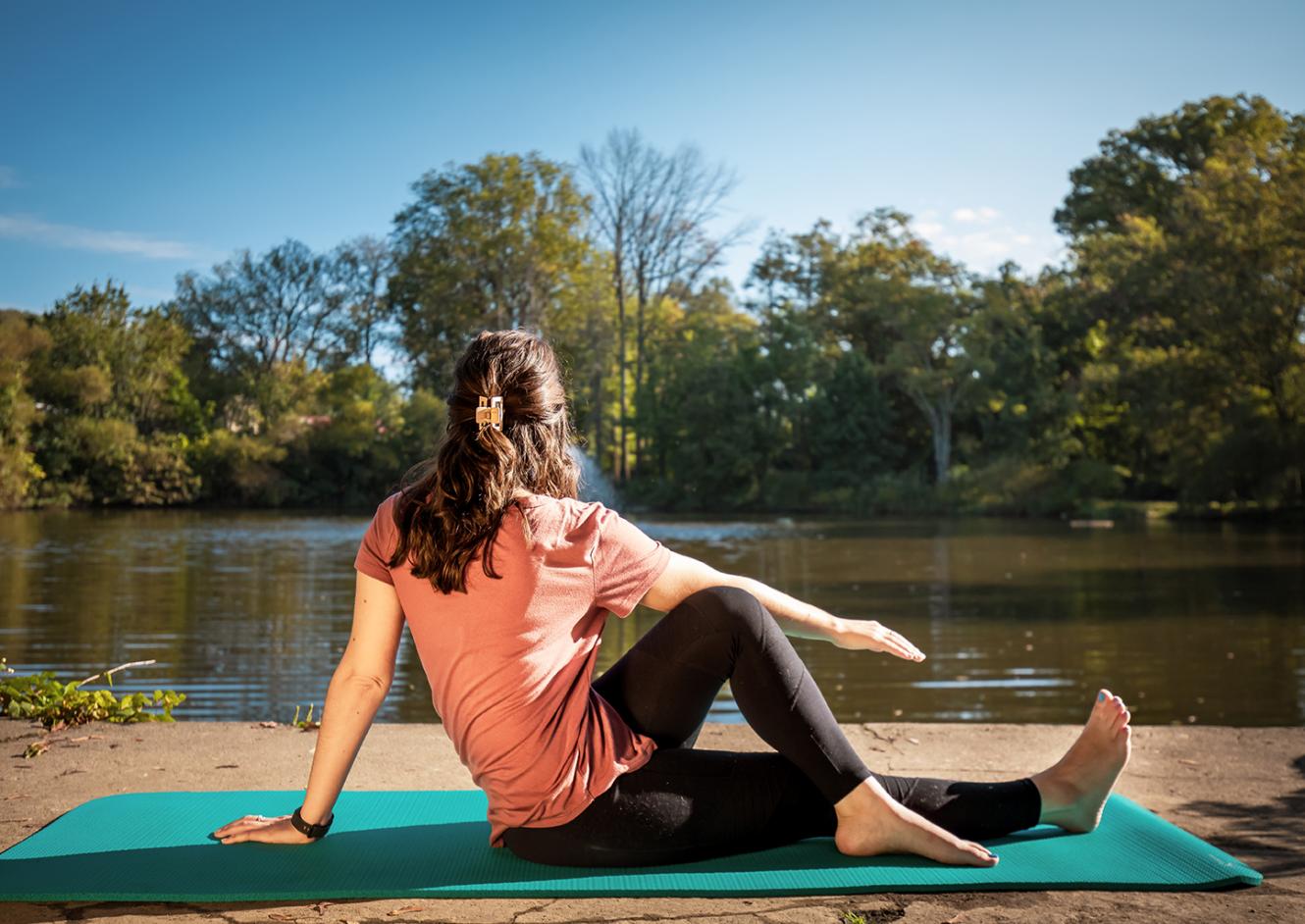
If 2020 taught us anything, it is the importance of flexibility — whether that flexibility is physical, emotional, or just the ability to be flexible with our schedule from day to day. As a strength and conditioning coach for more than 18 years, I've always understood the importance of physical flexibility as it pertains to athletic performance. But as I've gotten older, and as I’ve been spending a lot more time sitting in front of a computer trying to do a job that is usually done in person (thanks to COVID), the idea of flexibility really hit home.
From a physical standpoint, we all need to move. Plain and simple. Most of us have jobs that require us to sit at a desk for long periods of time. Tight lower backs, tight hips, and tight upper backs are usually the result. Taking a few minutes out of your day every few hours to walk around and move can pay huge dividends over the course of the year. Here are some of my personal suggestions for incorporating more flexibility into your daily life.
Morning Movement:
Develop a quick morning routine for movement. This can be as simple as going for a 10 minute walk and then stretching the hip flexors, upper back (Thoracic Spine), hamstrings, and calves. There are many good fitness apps out there, too – I recommend the free Nike Training club app (you can find it in your phone’s app store); they have some great restorative yoga workouts that take less than 20 minutes.
Frequent Breaks:
Every 3-4 hours, get up and go for a 5-10 minute walk. During this time, stay off of screens including your phone, and stretch your hamstrings and upper back. After your break, drink 8-12 ounces of water (you’ll want to build up to 64 ounces daily!). Drinking water is critical for overall health and wellbeing – it can affect your energy levels and brain functioning.
Strength Training:
Get some sort of strength training workout in. This can be as little as 30 minutes a day. Many times "tight" muscles are actually weak and underworked muscles. Being strong and being able to move go hand in hand.
The tips above are all simple and actionable steps. They really only take about an hour each day if you do all of them. But when added up through the course of a week, a month, a year, the compounded time can make a huge impact on your overall health. If you haven't been doing a flexibility routine, get started! Start with one actionable step. When that becomes a habit, add another.
If you miss a day, don’t be discouraged, don't stop – just keep moving and "stay flexible."
Brian Bingaman is the Associate Director of Performance, Health, and Wellness in Eastern University’s Athletics Department.
This article was part of a series on Flexibility in the Fall 2021 edition of Eastern magazine. Read additional articles on Flexibility.

